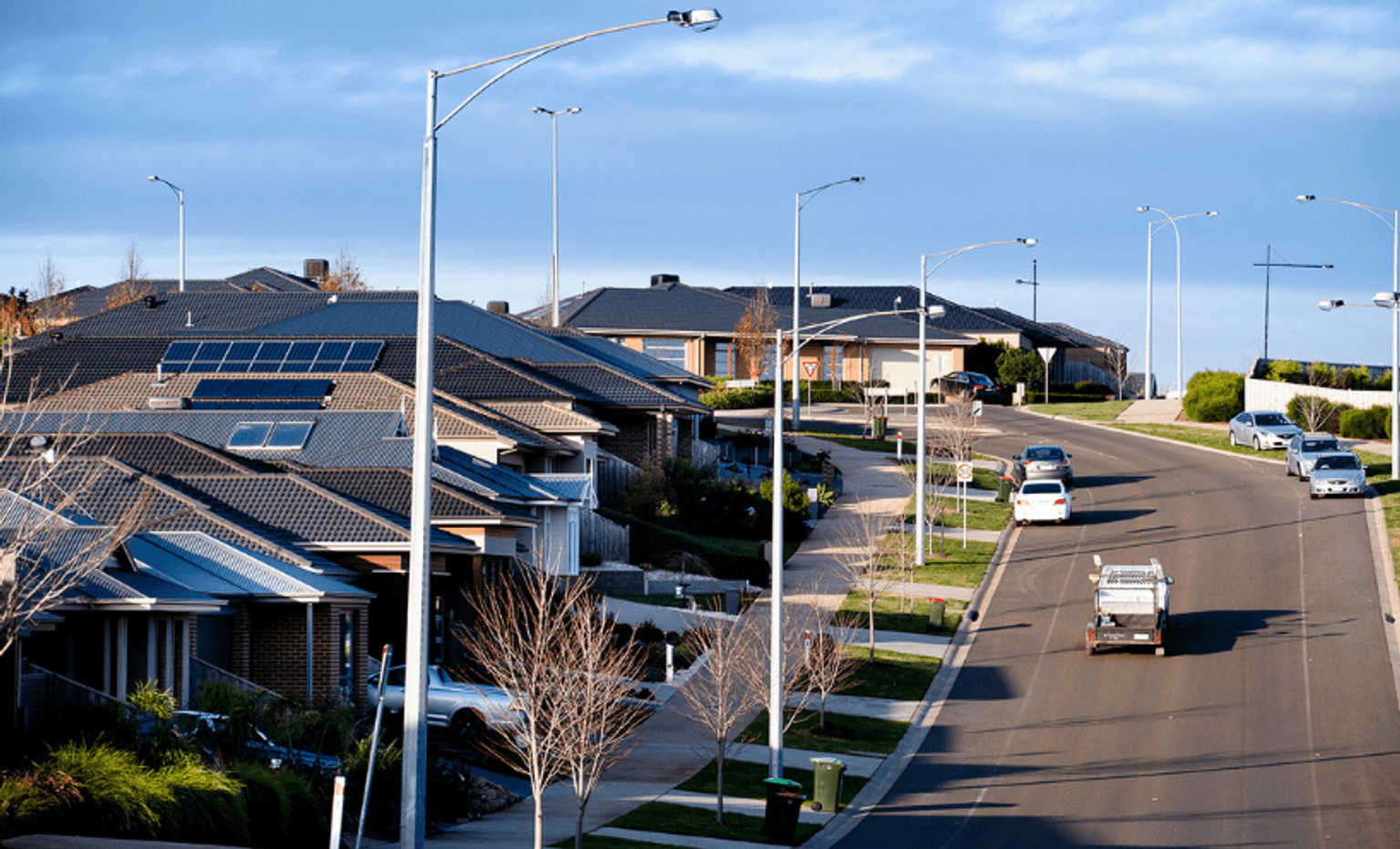- Published:
- Friday 13 November 2020 at 10:17 am

The Solar Homes program is an ambitious, 10-year initiative that will help more than 770,000 Victorian households take control of their energy bills through cheaper, cleaner energy sourced through rebated solar PV, solar batteries and solar hot water.
More than 110,000 Victorians have already accessed the Solar Homes program since its launch in August 2018, demonstrating the unstoppable shift to localised and distributed energy generation across Victoria.
Solar PV export constraints
Prior to applying for a Solar Homes PV rebate, eligible Victorians should confirm that their retailer has obtained pre-approval from the Distributed Network Service Provider (DNSP) to connect their solar system to the grid. Solar Victoria requires all solar retailers, where required by the DNSP, to confirm they have obtained this pre-approval before they can proceed with any installations.
Through this pre-approval, prospective Solar Homes applicants may be advised by their solar retailer or DNSP of possible limitations to connecting or exporting to the grid prior to applying for a Solar Homes rebate.
The Victorian Government recognises the value of solar to Victorians, and the importance to solar owners of exporting excess electricity to increase the clean energy in Victoria’s grid and reduce electricity bills. Victorians can maximise their bill savings and use of clean energy by shifting as much electricity usage as possible to times of solar generation and Solar Victoria encourages self-consumption to maximise the benefit of solar.
The Department of Environment, Land, Water and Planning (DELWP) works closely with distribution businesses to better understand and monitor solar limitations on their networks and their proposed solutions.
Distribution businesses sometimes need to impose export limits on solar systems to maintain network voltages within prescribed limits and manage risks to quality and reliability of supply. Because network augmentation can be costly, distribution businesses consider whether an upgrade is justified in terms of the costs and benefits impacting all customers, including those who do not have solar. All of Victoria’s distribution businesses have proposed investments that will increase the amount of solar able to be connected to the network in the next regulatory period (from 2021 to 2026).
Victoria’s universal smart meter penetration provides the distribution businesses with unique capabilities to manage the network to support higher levels of solar PV and other forms of distributed energy resources.
For more information and advice about installing a solar system, please read Solar Victoria’s buyers guides for solar PV, solar batteries and solar hot water.
Minimum Demand
To enable more solar to be connected to the grid without increasing network costs, the Victorian Government has invested $10 million in a Grid of the Future work program. Part of this program will work on options to address minimum demand and ensure that Victorians can get the benefits from rooftop solar and large-scale solar farms.
As more renewables enter the grid, the Victorian Government is simultaneously monitoring and addressing issues related to minimum demand. Minimum demand occurs when demand in the National Electricity Market (NEM) is at its lowest level. This has traditionally occurred at night when energy users are less active, but a growth in solar PV has often seen a shift in minimum demand to the middle of the day. As more solar is installed, minimum demand falls.
Through smart inverters, upgrades to grid infrastructure and small and large-scale battery storage, we are ensuring the ongoing reliability of our network. The Victorian Government is investing in both small-scale residential solar batteries and large-scale battery storage like the Victorian Big Battery.
In 2018 the Victorian Government co-invested $50 million with the Australian Renewable Energy Agency in two large-scale batteries that support grid stability in Ballarat and Gannawarra.
Updated

